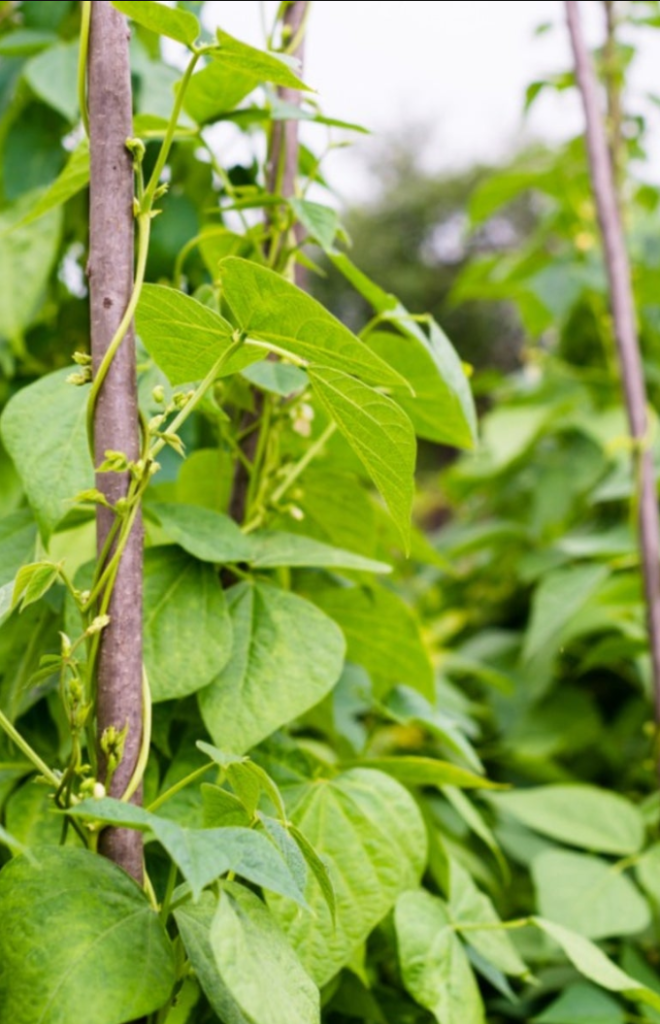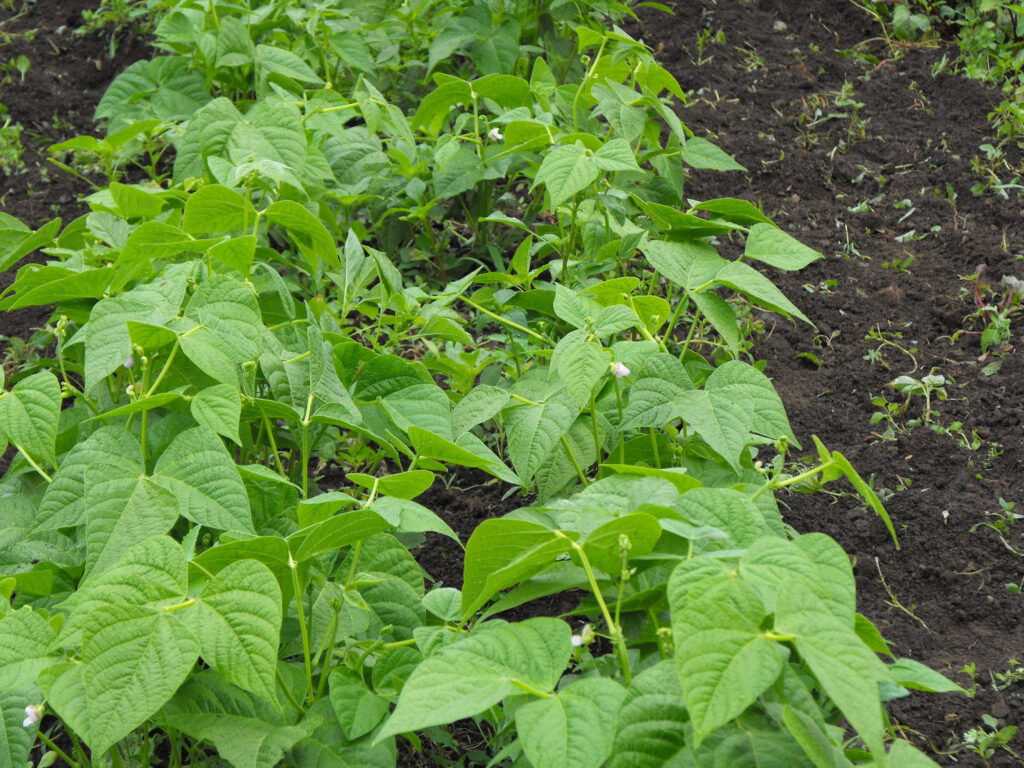Bush beans and pole beans are two popular varieties of the common bean (Phaseolus vulgaris), a widely cultivated vegetable that is easy to grow in a home garden. They come in many varieties… Bush beans are a type of bean that grows in a compact, bush-like form and do not require staking. Pole beans, on the other hand, are a type of bean that grows on a vine and requires staking or a trellis to support its growth. Both varieties are known for their nutritional value and versatility in cooking, but they have distinct differences in terms of growth habits, yield, and maintenance.

When it comes to staking beans, it’s important to consider the variety you are growing and the conditions in your garden. Pole beans, such as kidney beans, navy beans, and lima beans, will need to be staked because they grow on a vine and will not be able to support themselves. This is important to ensure that the beans have enough support to grow vertically, which will lead to a larger yield.
When staking pole beans, it is important to use a sturdy support system such as a trellis or a stake made from wood or metal. The beans should be tied to the support system as they grow, making sure to leave enough room for the beans to continue to grow and expand. Pole beans should be staked when they are about 6 inches tall, or when the first flowers appear.
Bush beans are a type of bean that grows in a compact, bush-like form, reaching a height of about 2 to 3 feet. They are self-supporting and do not require staking or trellising. They are known for their early maturity, with some varieties ready to harvest in about 50-60 days after planting. Bush beans produce a one-time heavy crop, with the majority of the beans ripening at the same time, which makes them an ideal choice for home gardeners who want to can or freeze their beans for later use.
Pole beans, on the other hand, are a type of bean that grows on a vine, reaching a height of about 6 to 8 feet. They are climbers and will require staking or a trellis for support. Pole beans take a bit longer to mature, with some varieties ready to harvest in about 60-70 days after planting. They produce a more extended harvest, with beans ripening over a period of several weeks, making them an ideal choice for home gardeners who want to have a fresh supply of beans throughout the summer.
In terms of yield, pole beans generally produce more beans per plant than bush beans. This is because pole beans can grow taller and have more room for the development of more bean pods. However, bush beans have the advantage of producing a one-time heavy crop, which can be more convenient for canning or freezing.

When choosing between bush beans and pole beans, it is important to consider the space available in your garden, as well as your personal preferences. Bush beans are a great choice for small gardens, while pole beans are better suited for larger gardens with more space for a trellis or stake. Both varieties are easy to grow and maintain, and provide a nutritious and delicious addition to any meal.
In summary, bush beans and pole beans are two popular varieties of the common bean, each with their own distinct characteristics. Bush beans are known for their early maturity, compact growth habit, and one-time heavy crop, while pole beans are known for their extended harvest, climbing habit, and higher yield per plant. Both varieties are easy to grow and maintain and provide a delicious and nutritious addition to any meal.

